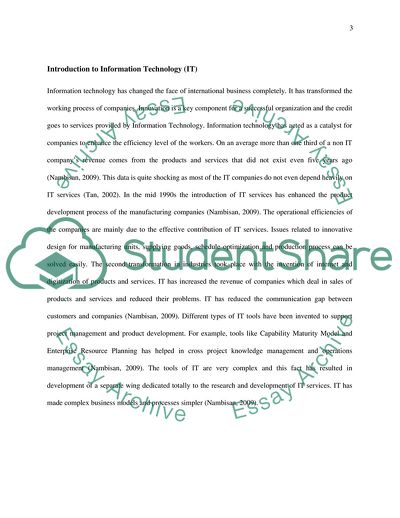Cite this document
(Radio Frequency Identification Essay Example | Topics and Well Written Essays - 1250 words - 2, n.d.)
Radio Frequency Identification Essay Example | Topics and Well Written Essays - 1250 words - 2. https://studentshare.org/information-technology/1796188-rfid-is-increasingly-used-in-logistics-discuss-its-advantages-and-disadvantages-from-a-global-perspective
Radio Frequency Identification Essay Example | Topics and Well Written Essays - 1250 words - 2. https://studentshare.org/information-technology/1796188-rfid-is-increasingly-used-in-logistics-discuss-its-advantages-and-disadvantages-from-a-global-perspective
(Radio Frequency Identification Essay Example | Topics and Well Written Essays - 1250 Words - 2)
Radio Frequency Identification Essay Example | Topics and Well Written Essays - 1250 Words - 2. https://studentshare.org/information-technology/1796188-rfid-is-increasingly-used-in-logistics-discuss-its-advantages-and-disadvantages-from-a-global-perspective.
Radio Frequency Identification Essay Example | Topics and Well Written Essays - 1250 Words - 2. https://studentshare.org/information-technology/1796188-rfid-is-increasingly-used-in-logistics-discuss-its-advantages-and-disadvantages-from-a-global-perspective.
“Radio Frequency Identification Essay Example | Topics and Well Written Essays - 1250 Words - 2”. https://studentshare.org/information-technology/1796188-rfid-is-increasingly-used-in-logistics-discuss-its-advantages-and-disadvantages-from-a-global-perspective.


